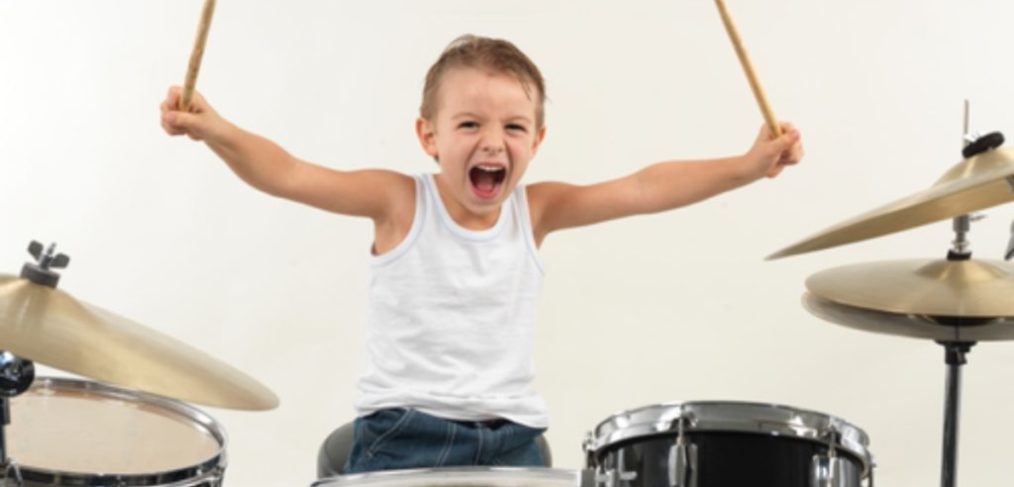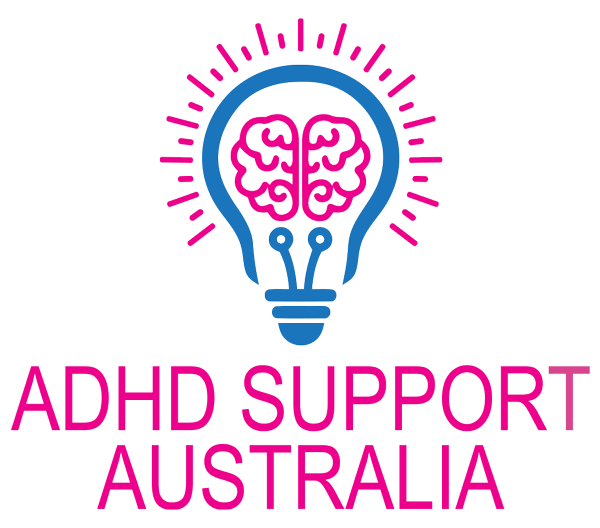
ADHD and Drumming
It has been said that the drums are one of the few instruments that access the entire brain, stimulating all the main sectors. Active engagement of practically playing rhythms aid in syncing the left and right hemispheres of the brain; leaving us feeling more connected with ourselves.
Hyperactive behaviours during school time and homework time such as drumming fingers, pencil tapping, and squirming in seats are a release for a child’s hyperactivity. The general rule for school teachers dealing with ADHD children is that unless the movements are distracting or disruptive to others, ignore them. This does not really help the child to grow or challenge them.
So what if you gave them a fun “seat time” activity that benefits from those tendencies, has them learning a new instrument/art, giving them a wonderful creative outlet? What if that activity provided the child with opportunities to show creative and imaginative thinking, to receive instant acknowledgement and praise for their effort and originality, possibly even boosting self-esteem by proving to themselves that having some extra energy is not such a bad thing?
Music as a therapy is a well-known alternative measure to combating a variety of disorders, including ADHD. “Nothing activates the brain so extensively as music,” says Oliver Sacks, M.D., Professor of Neurology at Columbia University and author of Musicophilia. The beneficial properties music plays on so many of our major cognitive functions, coordinative functions, emotional responses, and psychological functions has been the topic of a substantial amount of research lately.
A pilot study carried out at Middlesex University (U.K.) by Lee Havenga, founder of Go Mad Music, showed positive affirmations that even after one 30 minute drumming class, there were overall increased levels of cognitive performance across all participants. Go Mad Music focuses on specialised drum lessons for people of all ages with ADHD using the drum-kit to raise levels of coordination, improve fine motor skills, as well as in some cases increase levels of attentiveness, confidence, and improvement in social skills.
“For children with ADHD, music therapy bolsters attention and focus, reduces hyperactivity, and strengthens social skills. Music is rhythm, rhythm is structure, and structure is soothing to an ADHD brain struggling to regulate itself to stay on a linear path. Music exists in time, with a clear beginning, middle and end,” says Kirsten Hutchison, a music therapist at Music Works Northwest. “That structure helps an ADHD child to plan, anticipate, and react.” This is where the drums can play a crucial part in the alternative measures category for ADHD positive children; take this notion of how rhythm in music is shown to be effective, and combine it with the most rhythmical, physical, and interactive activity of banging the drums… and the results will speak for themselves.
This is all apart from the pure enjoyment that so many gain from the instant gratification of striking the drums and hearing, as well as feeling, the thunderous sounds and vibrations that they themselves are producing. Research shows us that pleasurable music increases dopamine levels in the brain. This neurotransmitter responsible for regulating attention, working memory, and motivation is often in low supply in ADHD brains. “Music shares neural networks with other cognitive processes,” according to Patti Catalano, a neurologic music therapist at Music Works Northwest. “Through brain imaging, we can see how music lights up the left and right lobes. The goal of music therapy is to build up those activated brain muscles over time to help overall function.”
Furthermore, general exercise and physical activities release endorphins which are sometimes referred to as the “happiness chemical.” The combination of both the higher dopamine levels from music, and the releasing of endorphins from the physicality of drumming, make playing the drums an enjoyable and positive experience for most. We see this occurrence in a variety of settings, such as drum circles, where most participants come out having had an uplifting and generally positive mood-affecting experience.
These types of experiences are particularly appealing as one does not need to be a trained musician to join in. Because rhythm is so innate in humans, most will generally be able to take part regardless of how basic their contribution is or not. For someone with excess energy and difficulty concentrating, sitting behind the piano or guitar can be very frustrating and even boring; however, picking up a stick and banging on a drum will give the learner/player that immediate thrill and enjoyment and because of the natural rhythm in us, it will much sooner start to sound like they’re playing something that could go on to form part of a song or solo; once again building confidence and self-esteem.
Sources
https://www.additudemag.com/

The author, Lee Havenga, is head tutor and founder of Go Mad Music
Go Mad Music offers speciality ADHD drum lessons for all ages in and around the Northern Beaches of Sydney. Established in 2013 as part of a Bachelors of Music degree, the Go Mad Drumming method has continually been growing over the years with Lee, the head tutor and founder. Lee then went on to complete a Masters in Applied Psychology with a focus on ADHD to further his knowledge and expand the course material.
